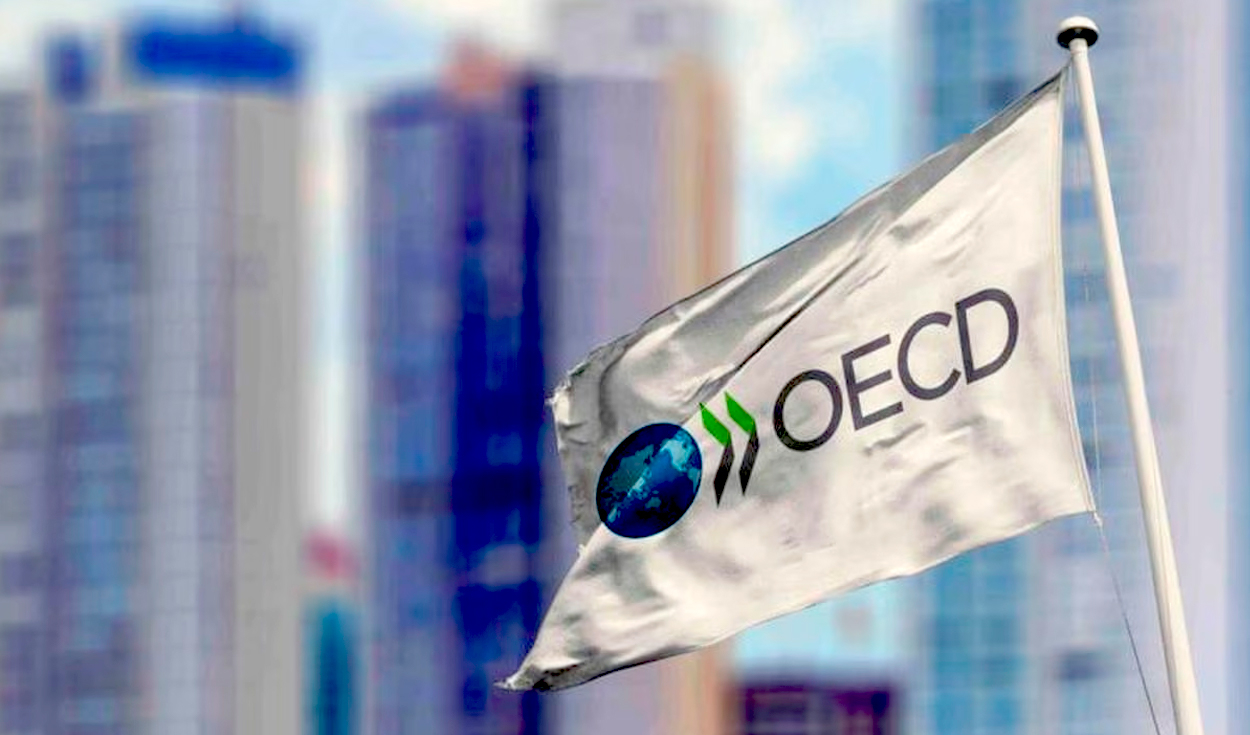
The Organization for Economic Cooperation and Development (OECD) revised downwards its estimate of Peru’s economic growth from 1.7% to 1.1% by the end of 2023. This adjustment is due to political uncertainty, Extreme weather events and high interest and inflation rates have been limiting private consumption and investment.
“Regarding the development of Peru, we are projecting growth of 1.1% this year, followed by 2.7% next year”said Mathias Cormann, Secretary General of the OECD, at a press conference.
According to the ‘OECD Economic Survey of Peru’, the growth of gross domestic product (GDP) will continue to be weak in an environment of uncertainty, since, in the current situation, both internal and external risks are especially high and have a downward bias.
“In the long term, the internal vulnerability factors for the economic growth of Peru They include prolonged political instability and new outbreaks of social conflict. The weak economic prospects, high inflation and political fragmentation increase the risk of new social unrest and political confrontations,” says the document sent to the Peruvian Government.
Likewise, the economic organization recalled that Peru has been experiencing a political crisis since 2016, which has led to six presidents during said period and frequent changes in Congress and ministries. These events, according to the OECD, have led to institutional weakness that could end up paralyzing the structural reforms necessary to promote economic growth and correct deeply rooted social inequalities.
On the other hand, the OECD recognizes that the Government’s efforts to relaunch investment in infrastructure and several announced public-private collaboration projects will support the total inversion. Furthermore, the recovery of tourism and copper production will boost exports.
“It is expected that the inflation continue to gradually decelerate and reach the target range of 1-3% by early 2024. The risks associated with tightening global financial conditions are cushioned by large foreign exchange reserves and low public debt. The financial sector remains robust, with well-capitalized banks and large liquidity reserves. Political uncertainty and new outbreaks of social protests continue to be the main risks for the economy“he concludes.
Source: Larepublica
Alia is a professional author and journalist, working at 247 news agency. She writes on various topics from economy news to general interest pieces, providing readers with relevant and informative content. With years of experience, she brings a unique perspective and in-depth analysis to her work.











